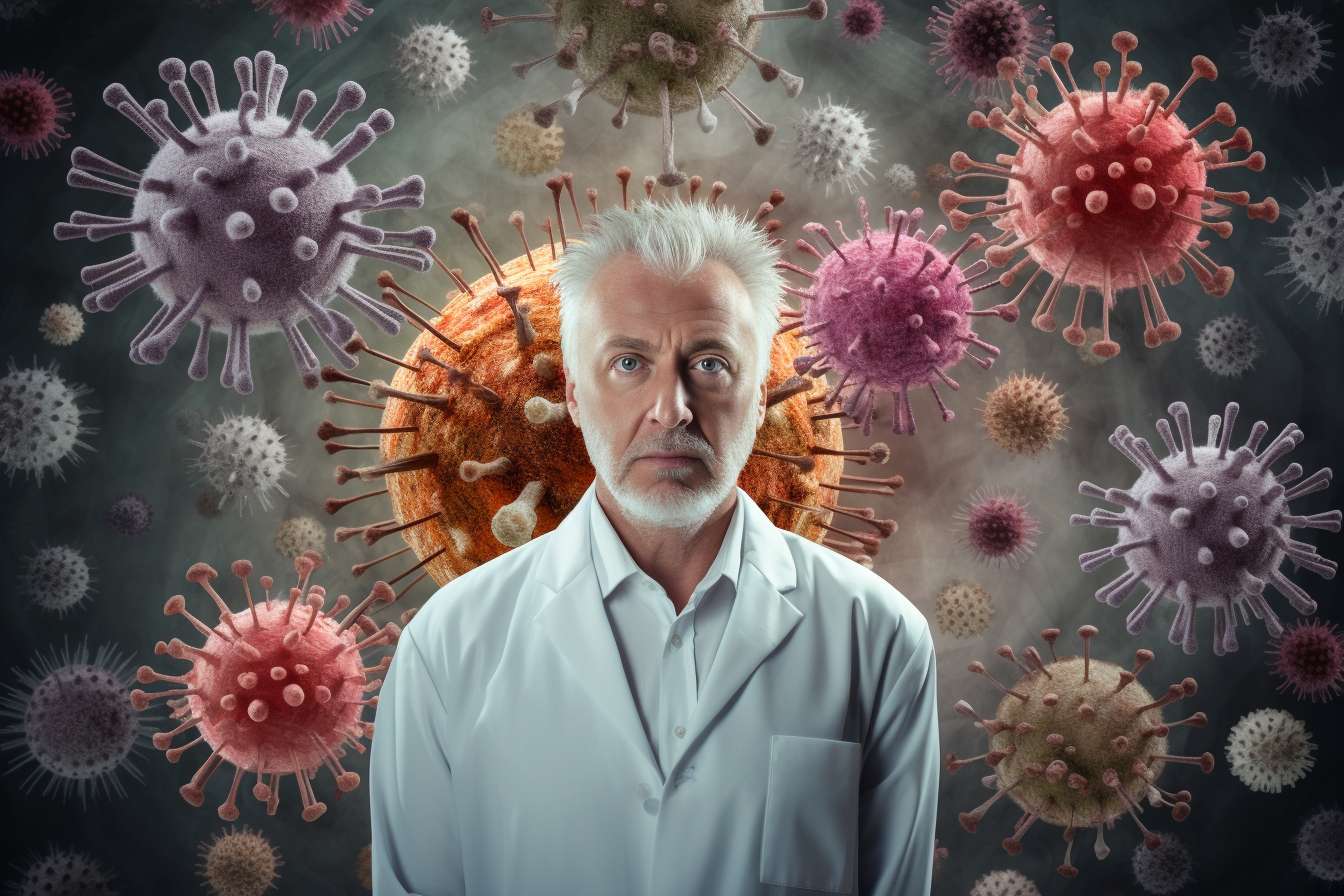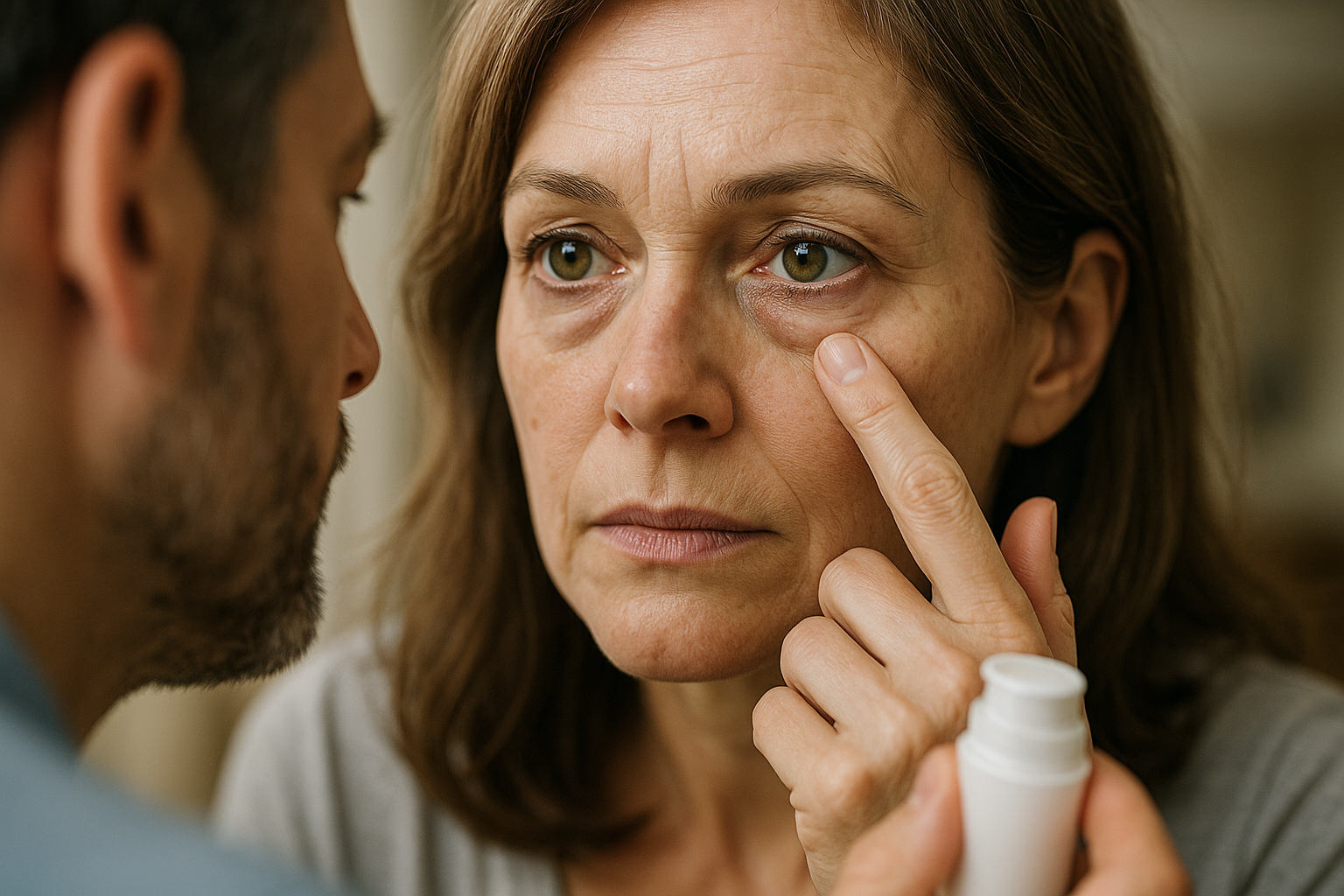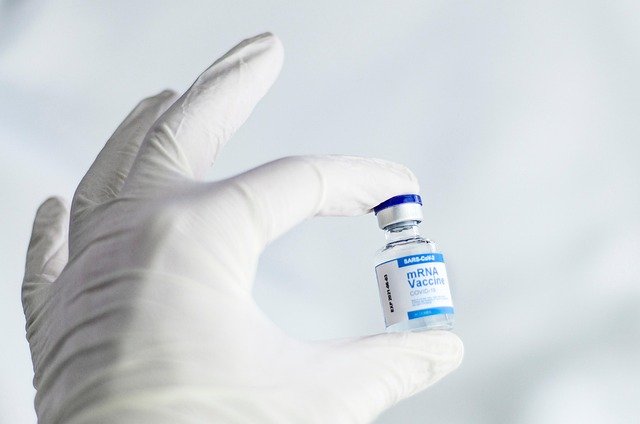HIV in the Early Stages: When to Test and What to Look Out For
Learn about the difficulties in spotting early symptoms, how testing supports health management, recent innovations in testing methods, and the importance of starting antiretroviral therapy early. See how timely action can improve outcomes for both individuals and communities.

What Are the Early Signs of HIV Infection?
Detecting HIV in its earliest stages presents unique challenges because initial symptoms often mimic common illnesses like the flu or cold. Within 2-4 weeks after exposure, some individuals may experience acute retroviral syndrome, also known as primary HIV infection. These early symptoms can include fever, fatigue, swollen lymph nodes, sore throat, rash, muscle aches, and night sweats.
However, it’s important to understand that many people experience no symptoms at all during early HIV infection. This asymptomatic period can last for years while the virus continues to multiply and damage the immune system. The absence of symptoms doesn’t indicate the absence of infection, which is why relying solely on physical signs is inadequate for HIV detection. Only proper testing can provide accurate results, regardless of whether symptoms are present.
How Soon After Exposure Should You Get Tested?
The timing of HIV testing after potential exposure is critical for accurate results. HIV tests detect either antibodies your body produces in response to the virus, antigens (parts of the virus itself), or the virus’s genetic material. Each testing method has a different window period – the time between infection and when a test can reliably detect HIV.
Most HIV tests require 10-33 days after exposure to provide accurate results. Antibody tests, the most common type, typically need 23-90 days to detect infection reliably. However, newer fourth-generation tests that detect both antibodies and antigens can identify HIV as early as 18-45 days after exposure. For the earliest detection, nucleic acid tests (NAT) can detect HIV 10-33 days after exposure by looking for the virus itself rather than the body’s response to it.
What Are the Different Types of HIV Tests Available?
Several HIV testing options are available, each with distinct advantages and considerations. Antibody tests are the most widely used and can be performed using blood from a vein, blood from a finger prick, or oral fluid. These tests are highly accurate but have the longest window period for detection.
Antigen/antibody tests, also called fourth-generation tests, can detect both HIV antibodies and p24 antigen. These tests are typically performed on blood drawn from a vein and can identify infection earlier than antibody-only tests. Rapid tests provide results in 20 minutes or less and can be performed in various settings, including healthcare facilities, community centers, and even at home with self-testing kits.
Nucleic acid tests directly detect HIV in the blood and provide the earliest detection capability. However, these tests are more expensive and typically reserved for specific situations, such as testing blood donations or when early infection is strongly suspected.
Why is Early HIV Detection Important?
Early HIV detection offers significant benefits for both individual health and community prevention. When HIV is identified early, individuals can begin antiretroviral therapy (ART) promptly, which can effectively suppress the virus to undetectable levels. This early treatment intervention helps preserve immune system function and prevents progression to AIDS.
From a public health perspective, people with undetectable viral loads cannot transmit HIV sexually, a concept known as “undetectable equals untransmittable” or U=U. This means early detection and treatment not only protects individual health but also prevents transmission to partners and reduces community viral load. Additionally, early detection allows individuals to make informed decisions about their health, seek appropriate medical care, and take steps to protect their partners.
How Can You Access HIV Testing Services?
HIV testing services are widely available across the United States through various channels. Healthcare providers, including primary care physicians, gynecologists, and specialists, can order HIV tests as part of routine care or based on specific risk factors. Many healthcare facilities now include HIV testing as part of standard screening protocols.
Community health centers, local health departments, and nonprofit organizations often provide free or low-cost HIV testing services. These locations frequently offer rapid testing with results available the same day. Many testing sites also provide counseling services, education about risk reduction, and connections to care if needed. Additionally, home testing kits approved by the FDA are available for purchase at pharmacies and online, providing privacy and convenience for those who prefer to test at home.
Conclusion
Understanding HIV’s early stages and the importance of timely testing can significantly impact health outcomes and community prevention efforts. While early HIV symptoms can be subtle or absent entirely, modern testing methods provide reliable detection within weeks of exposure. The availability of various testing options, from rapid tests to home testing kits, makes HIV screening more accessible than ever. Early detection enables prompt treatment with antiretroviral therapy, which can maintain immune system health and prevent transmission to others. By staying informed about testing recommendations and available resources, individuals can take proactive steps to protect their health and contribute to broader public health goals.
This article is for informational purposes only and should not be considered medical advice. Please consult a qualified healthcare professional for personalized guidance and treatment.




